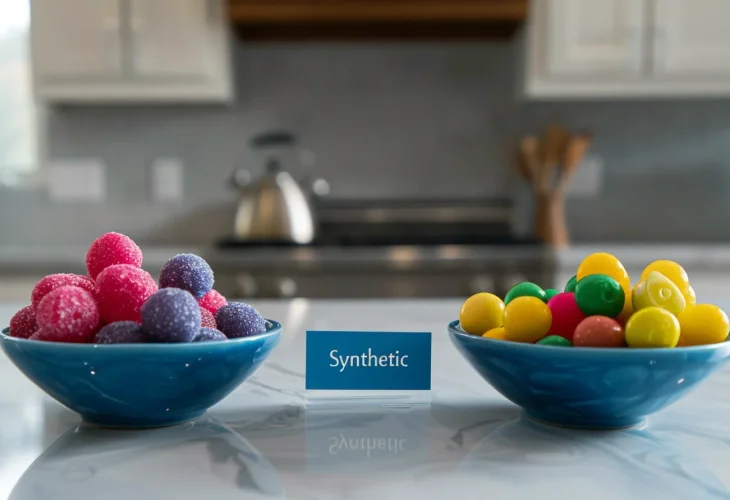The U.S. Food and Drug Administration (FDA) has approved three new naturally sourced food colorings, marking a significant step toward reducing the use of synthetic petroleum-based dyes in food products. This move is part of a broader initiative led by Health Secretary Robert F. Kennedy Jr., aiming to phase out eight synthetic food dyes by the end of 2026.
The newly approved natural colorings include:
Galdieria Extract Blue – derived from a single-celled red algae, providing a vibrant blue hue.
Butterfly Pea Flower Extract – offering shades of blue, purple, and green.
Calcium Phosphate – a white pigment sourced from a natural mineral.
These natural colorings are now approved for use in a wide range of foods and beverages, including candies, gum, yogurt, snacks, frozen desserts, and ready-to-eat poultry products. For example:
Galdieria extract can be used in soft drinks, cereals, ice cream, and frozen treats.
Butterfly pea flower extract is approved for beverages, candies, yogurt, breakfast cereals, and more.
Calcium phosphate is permitted in poultry coatings, white candy finishes, donut sugars, and coated sweets.
This shift comes amid growing public concern and research linking some artificial food dyes to behavioral issues in children and other potential health risks. While the FDA maintains that currently approved synthetic dyes are safe, new studies and consumer demand have prompted a reevaluation of their use.
Switching to natural colors may slightly alter the appearance of food products, as these pigments tend to be less intense and more sensitive to heat and light. Nevertheless, the change is widely viewed as a step forward for food safety and transparency. The FDA has announced plans to continue reviewing additional natural colorings to expand options for food manufacturers.


